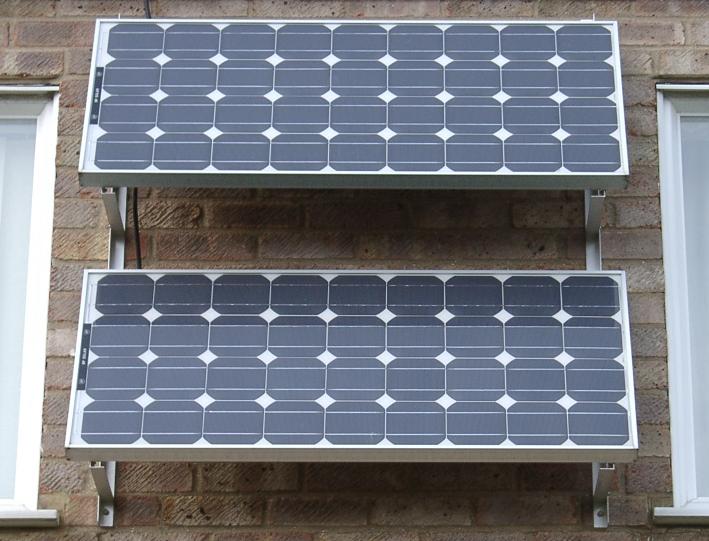If you are planning to reduce your home electricity consumption, there are a couple of ways you can do it. The popular approaches are installing solar panels and wind turbine. There is a third option though, it is by using a magnetic generator at home.
If you were to search for information on the internet in regards to magnet driven generator, you will see tons of information.
How does it work actually? How do you use magnets to create free energy at home?
A magnetic generator works on the concept of “pulling and pushing” forces of magnets. If you want to use it to generate electricity to supplement your power needs, the first step is to make a device to harness the power of magnetism.
The concept of the magnetic device is simple, but it does require some precision engineering. You need to get a piece of circular plate, either wood or light weight plastic. The plate should have a diameter of at least 1.5 feet long.
Support the plate at its center with a core attached to bearings. Next, place magnets with positive pole along the circumference of the plate at similar intervals.
The following step is to place more positive magnet bars outside and around the plate. The placement will allow the magnets to come into close contact but do not touch.
Magnets with the similar poles have a tendency to repel each other. We are using this principle in order to rotate the plate on its horizontal axis. When the plate is well balanced, it will gain momentum due to the repelling forces of the magnets.
Now, we have to attach a belt from the central core of the plate to an electric generator. The centrifugal forces will rotate the core of the dynamo hence creating electric current.
The generator is to be connected to a charge controller where it will use the current to charge a series of 12 volts deep cycle battery. It will take some time and when the batteries are fully charged, you can now use it to power your home electrical appliances.
But before that, you need to run it through a power inverter to change the Direct Current (DC) from the battery to Alternate Current (AC). All modern electronic gadgets are designed to run on AC.
DIY Magnetic Generator Guide
To make a working magnetic generator at home, what you’ll need is a good step by step instructional guide. To get your hands on the blueprint, check out the Magniwork guide. The manual will show you how to make a magnet driven generator at minimal cost. For more information, click on the link below.
